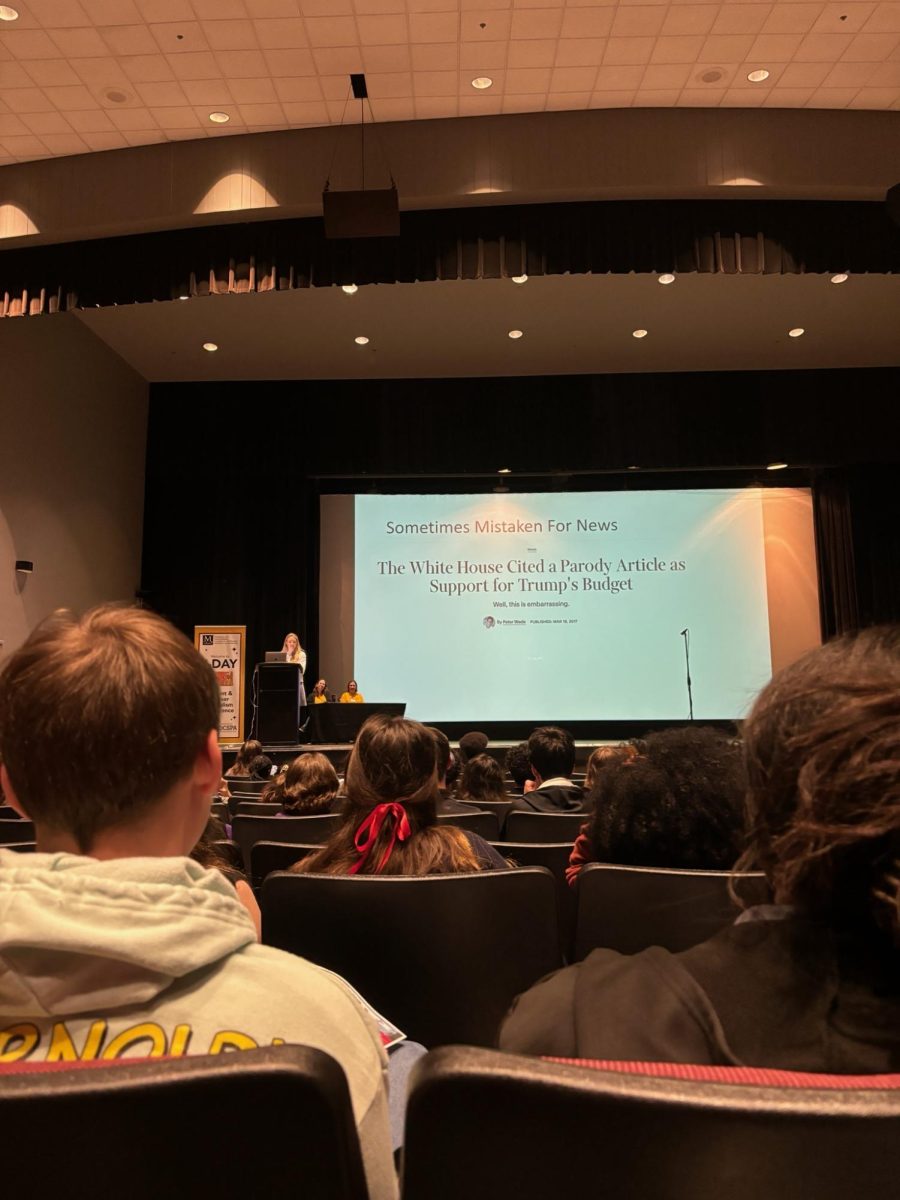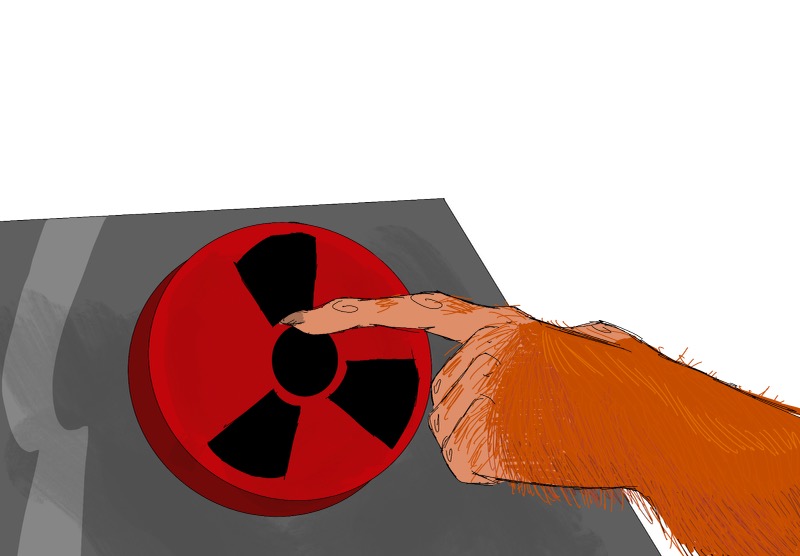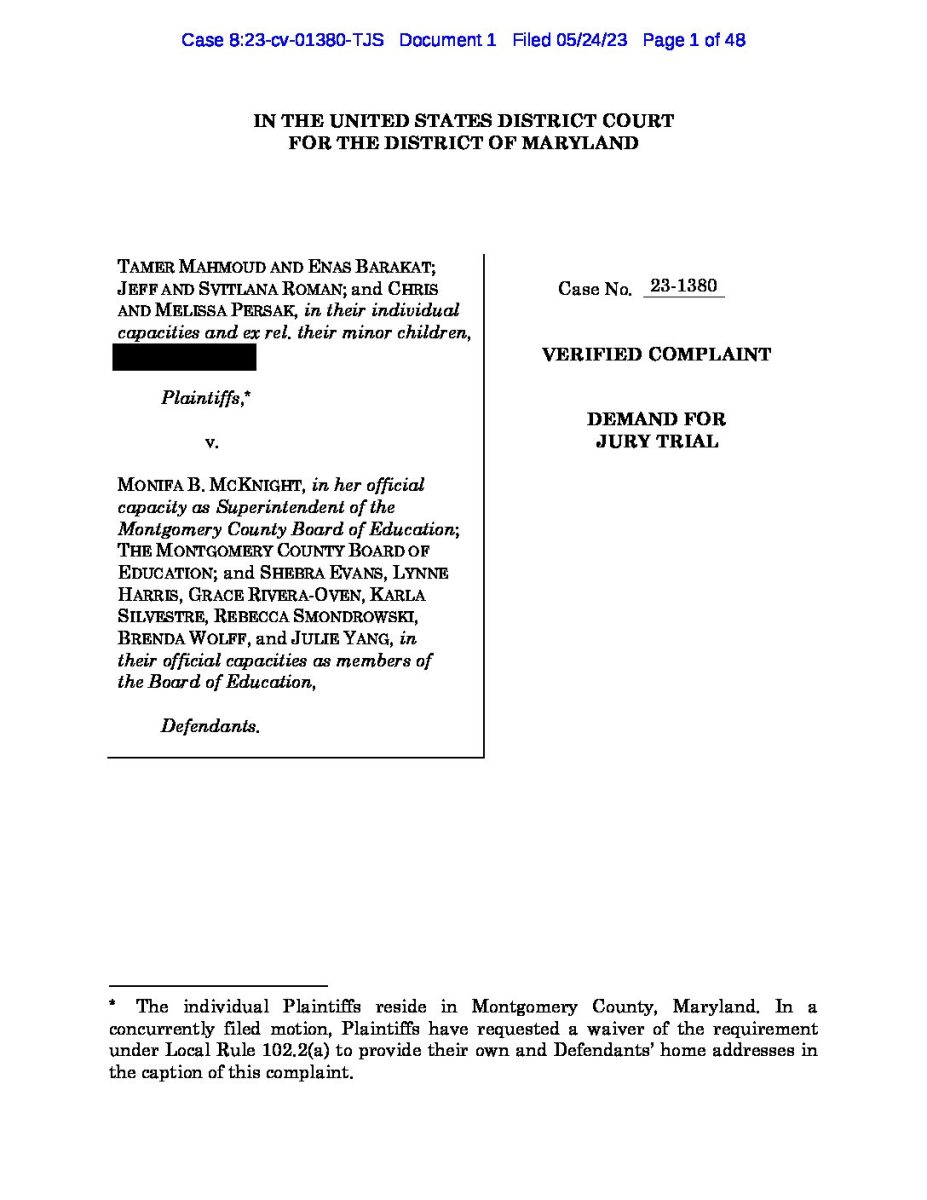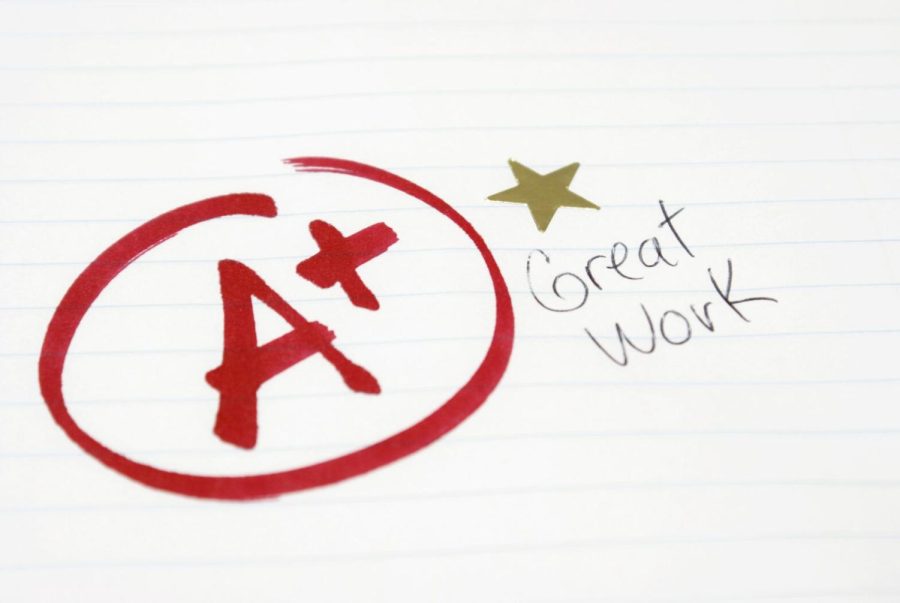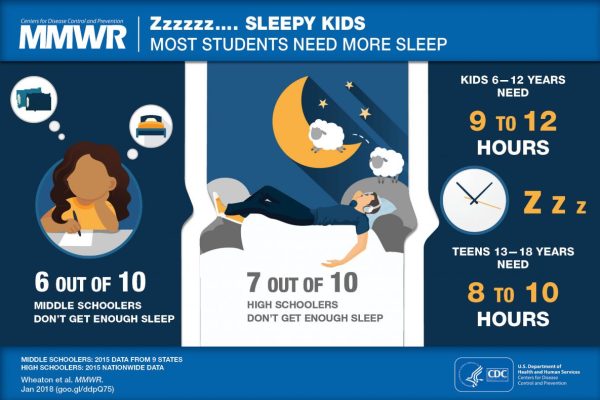“Soft” Grading Practices are Beneficial
“I reviewed all our notes, looked at all the extra materials she posted, and studied so much, only to get the same questions wrong as everybody else,” said junior Sophie Khosrodad.
It is undeniable that the education system is not perfect, and while grades aim to accurately reflect student performance, this isn’t always the case. Many people view practice tests as open-note testing and grading on a curve as a convenient shortcut for A-hungry students, when in reality, they allow students to prioritize understanding content while making grades more fair.
In a large public high school where class sizes often surpass 30 students, it is not a guarantee that every student will have the individual attention needed to access the entire curriculum, especially when the course is content-heavy. “Especially in AP classes where teachers are on a timeline trying to prepare us for an exam by May, they rush through content a lot of the time,” said Khosrodad, adding, “If 30 different kids get the same question wrong, that’s a thousand percent on the teacher.”
Junior Dean Hammerman agreed, adding that, “Either the teacher didn’t teach [the content] well enough or the question was unreasonably difficult.” In such cases, it is only fair that specific questions or an appropriate number of points should be given back to students.
This smaller-scale version of curved grading has come into play at B-CC. Jeffrey Olsen, a junior who is enrolled in several AP courses, recalled a time when he received a point back on a test due to his teacher’s “Wisdom of the Crowd” policy, which meant when the majority of the class got a question wrong, that question wouldn’t count against them in the final grade.
In AP AB Calculus, the assignments that are meant to act as review for the AP exam are graded according to the AP curve. Ms. Wang-Lin explained that this is “because we want students to be familiar with how the AP exam is graded. It lets them know if they’re in the range for a 4 or 5 on the exam.”
Transparency in grading is an essential part of learning and effectively reduces the need for curving tests. Students should be able to understand why their answers might not earn credit so they can improve in the future. Many students applaud B-CC’s AP Environmental Science course for having students anonymously grade each other’s tests as a group according to an objective rubric.
“We’ve never needed a curve because everyone is fully aware of what types of answers receive or don’t receive credit,” said junior Ella Welch. Access to the answer key after every test ensures accurate grading and reasoning as to why answers may not have earned credit. The more familiar students are with how questions are graded and what’s expected, the more likely they are to get those questions right in the future. “I think our tests are fair because we get to use our notes on tests, we do so much practice, and there’s retakes and test rebuttals,” said Welch.
A noteworthy aspect of Environmental Science at B-CC is that every quiz and test in class is open note. The curriculum contains so much information that memorizing every detail of every unit is unnecessary. Instead, the open note format allows students to focus on key concepts. Junior Becca Adlin finds this course extremely effective: “The focus is more on actual content than little details like dates or order. In APES, I actually try to understand whatever the question is asking for and then I can piece facts together from my notes.”
When asked about the effects of open note tests on mental health, senior Emily Inman expressed how it “lessens pressure for [the students]. We don’t have to study for hours on end and can focus more on paying attention in class, actually taking notes, and doing the homework.”
For classes with tests that aren’t as transparent as Environmental Science’s, it can be frustrating for students to be left wondering what they will be assessed on. Memorizing instead of actually learning plagues much of the B-CC student body, as stress and worry about grades in our highly competitive area builds up. The way that many classes are set up doesn’t actually promote learning, and grades may not reflect fair student performance. Although this can’t be completely remedied, open note tests and grading on a curve certainly promote truer education.

Hannah Yon, a B-CC junior, is a Staff Reporter specializing in opinion. She started journalism last year and is excited to write about different perspectives!


